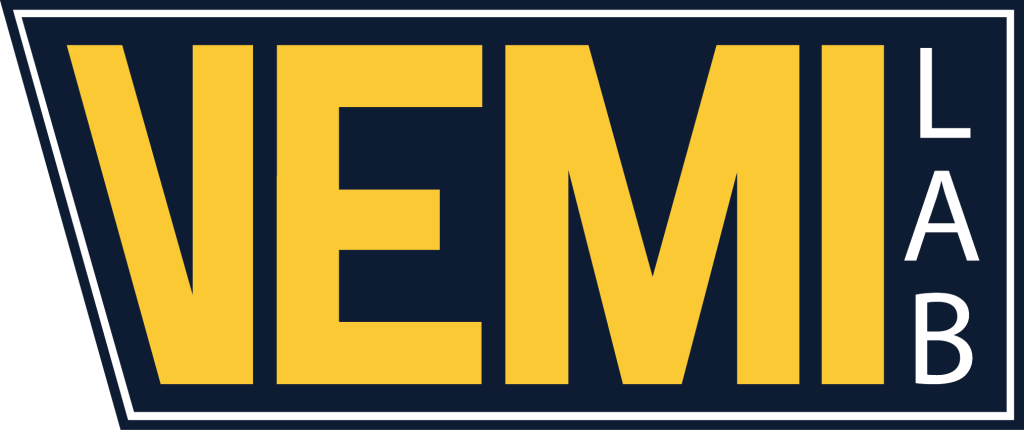Schematisation in Hard-copy Tactile Orientation Maps
Published: 2013
Publication Name:
Abstract:
Christian Graf. Unpublished doctoral dissertation, Dec. 2013, University of Bremen, Germany. (N.A. Giudice: thesis co-advisor)
This dissertation investigates schematisation of computer-generated tactile orientation maps that support mediation of spatial knowledge of unknown urban environments. Computer-generated tactile orientation maps are designed to provide the blind with an overall impression of their surroundings. Their details are displayed by means of elevated features that are created by embossers and can be distinguished by touch.
The initial observation of this dissertation states that only very little information is actu-
ally transported through tactile maps owing to the coarse resolution of tactual senses and the cognitive effort involved in the serial exploration of tactile maps. However, the differences between computer-generated, embossed tactile maps and manufactured, deep-drawn tactile maps are significant. Therefore the possibilities and confines of communicating information through tactile maps produced with embossers is a primary area of research. This dissertation has been able to demonstrate that the quality of embossed prints is an almost equal alternative to traditionally manufactured deep-drawn maps. Their great advantage is fast and individual production and (apart from the initial procurement costs for the printer) low price, accessibility and easy understanding without the need of prior time-consuming training.Simplification of tactile maps is essential, even more so than in other maps. It can be achieved by selecting a limited number from all map elements available. Qualitative simpli fication through schematisation may present an additional option to simplification through quantitative selection. In this context schematisation is understood as cognitively motivated simplification of geometry and synchronised maintenance of topology. Rather than further reducing the number of displayed objects, the investigation concentrates on how the presentation of different forms of streets (natural vs. straightened) and junctions (natural vs. prototypical) affects the transfer of knowledge. In a second area of research, a thesis establishes that qualitative simplification of tactile orientation maps through schematisation can enhance their usability and make them easier to understand than maps that have not been schematised. The dissertation shows that simplifying street forms and limiting them to prototypical junctions does not only accelerate map exploration but also has a beneficial influence on retention performance. The majority of participants that took part in the investigation selected a combination of both as their preferred display option.
Tactile maps that have to be tediously explored through touch, uncovering every detail, complicate attaining a first impression or an overall perception. A third area of research is examined, establishing which means could facilitate map readers’ options to discover certain objects on the map quickly and without possessing a complete overview. Three types of aids are examined: guiding lines leading from the frame of the map to the object, position indicators represented by position markers at the frame of the map and coordinate specifications found within a grid on the map. The dissertation shows that all three varieties can be realized by embossers. Although a guiding line proves to be fast in size A4 tactile maps containing only one target object and few distracting objects, it also impedes further exploration of the map (similar to the grid). In the following, advantages and drawbacks of the various aids in this and other applications are discussed.
In conclusion the dissertation elaborates on the linking points of all three examinations. They connect and it is argued that cognitively motivated simplification should be a principle of construction for embossed tactile orientation maps in order to support their use and comprehension. A summary establishes the recommendations that result from this dissertation regarding construction of tactile orientation maps considering the limitations through embosser constraints. Then I deliberate how to adapt schematisation of other maps contingent to intended function, previous knowledge of the map reader, and the relation between the time in which knowledge is acquired and the time it is employed. Closing the dissertation, I provide an insight into its confines and deductions and finish with a prospective view to possible transfers of the findings to other applications, e.g. multimedia or interactive maps on pin-matrix displays and devices.

